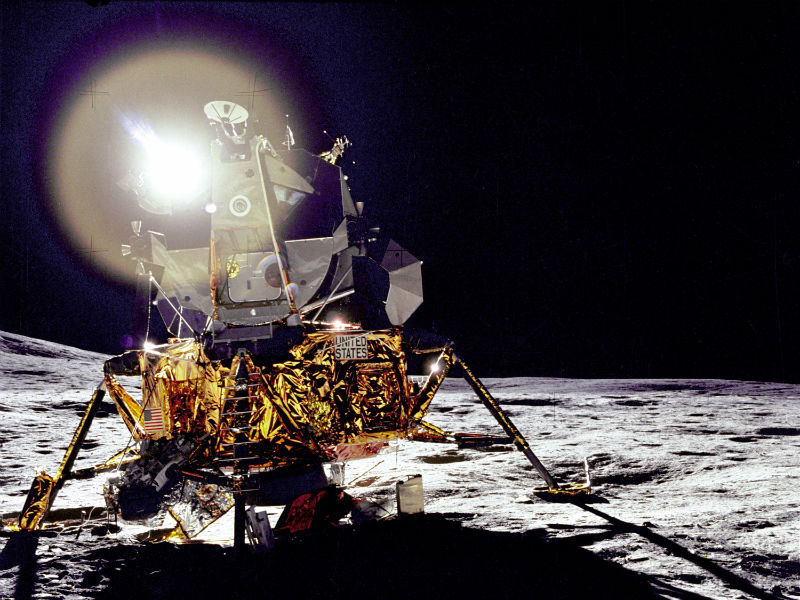
NASA Apollo 14 Mission Verifies Moon to be 40 Million Years Older than Formerly Believed
Apollo 14, the third spacecraft to land on Moon, recently corroborated the new Moon-related fact that can revolutionize the existing lunar theories. A group of scientists, after examining a mineral brought up by Apollo 14 to the earth, confirmed that Moon is hindered million years older than it previously believed to be. Since centuries, scientists used to believe that, Earth’s only natural satellite, Moon was four-and-a-half billion years old.
As per the hypothesis, the Moon was formed because of a catastrophe generated by a massive collision between the Earth and a Mars-sized celestial object called Theia. However, the new theory has raised a question on this belief, as it stated the moon to be at least 4.51 billion years old, which is around 140 million years more than the preceding credence.
Scientists, from University of California-Los Angeles (UCLA), following the detailed examination of the minerals called ‘zircons’ brought back by the Apollo 14 mission from Moon to Earth in 1971, verified that the formation of the moon was taken place, some hundred thousand years earlier that it previously believed to be.
The age of Moon has always been a hotly wondered topic for both general public and scientists. Even if, researchers across the world have given their best effort to settle this hotly debated question over many years, by using multiple scientific techniques, but none of them have yet produced the confirmed age of Moon. However, the new research, held by the astronomers of University of California-Los Angeles (UCLA) seems to give this much debated concern a new direction and pave paths for the scientists to explore the age of the only natural satellite of the Earth alongside other matters like the early evolution of the Earth and the planetary system.
Commenting on this matter, Melanie Barboni, a research geochemist in the department of earth, planetary and space sciences of UCLA and an associated researcher of this study said; “By analyzing the mineral brought back by one of NASA’s Lunar spaceship, we have finally pinpointed the minimum age for the moon. Zircons, the Lunar mineral brought back by Apollo 14 is the best clock of nature and by analyzing it, we have reached on a confirmed point about the age of Moon.”


